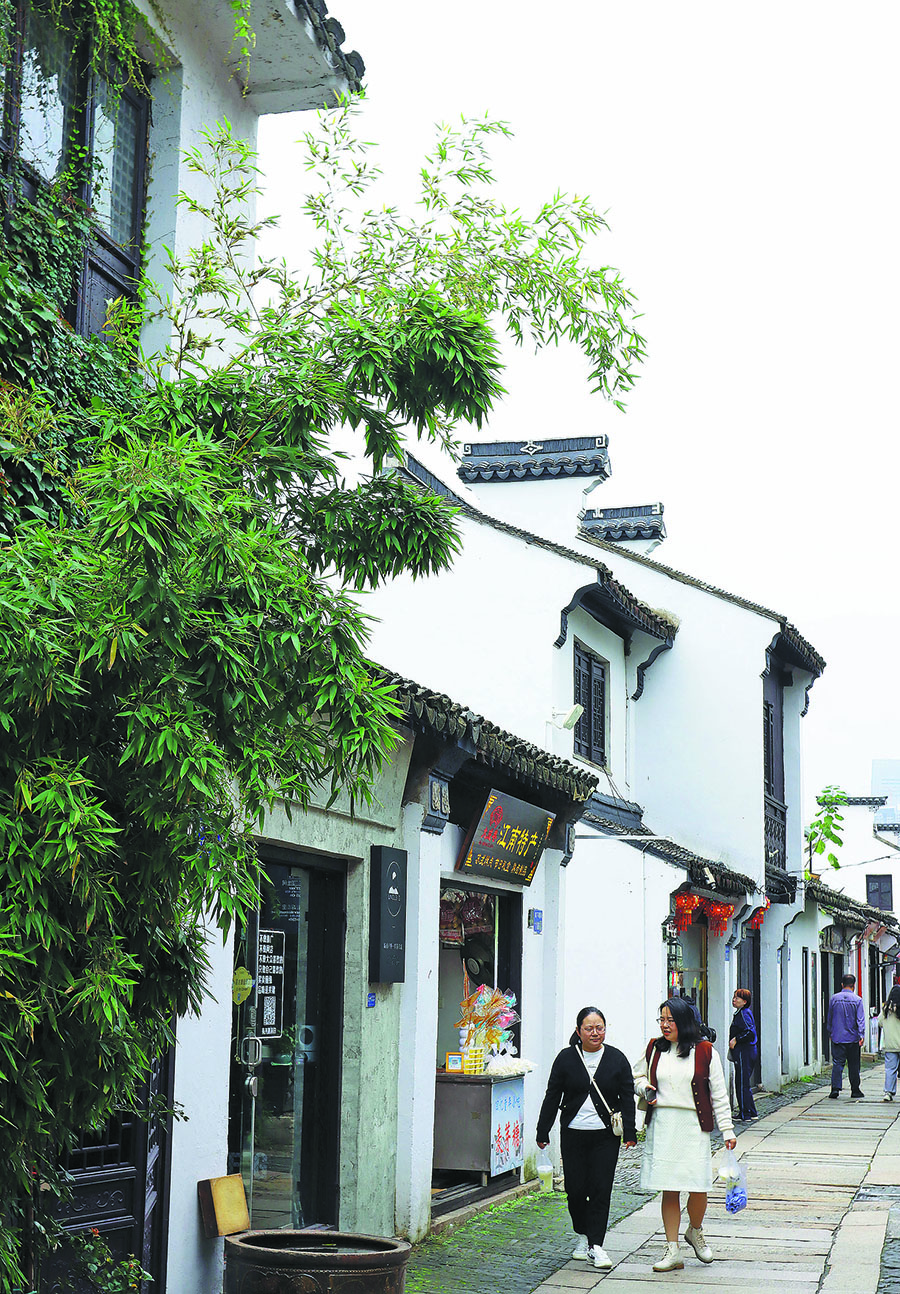Where nature is shaped by hand
Jiangnan's classical gardens are portals to the past, in which the echoes of yesterday are alive and growing, Yang Yang reports.


The ideal of a classical Chinese garden is to create the kind of visual pleasures that must appear to have already existed, as if created by the hand of nature, and even in the smallest garden, visitors can see the wider world. Each carefully laid-out garden is imbued with its owner's observations of the world and reflections on life.
One particular style, the Suzhou Garden, has produced some of the best in China. The four big private examples — the Pavilion of Surging Waves, the Lion Grove, the Humble Administrator's Garden, and the Lingering Garden — represent the landscaping philosophies of the Song (960-1279), Yuan, Ming and Qing dynasties, respectively.
For 41-year-old writer Deng Anqing, who moved to Suzhou from Beijing in 2021, the Pavilion of the Surging Waves is a favorite.
"Though small, it is exquisitely designed, ingeniously arranged, and displays a different charm with each passing season," he says.
























